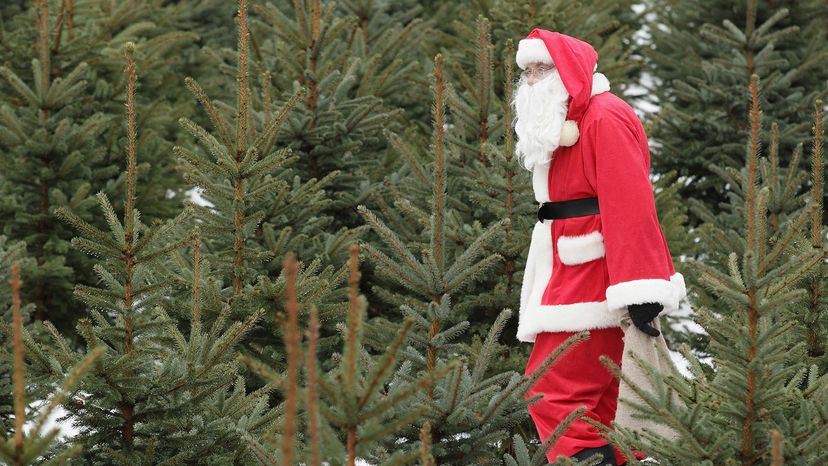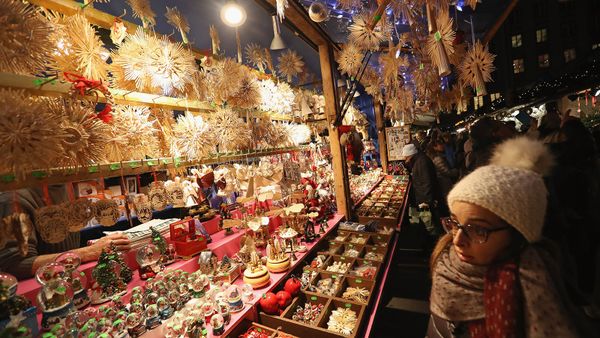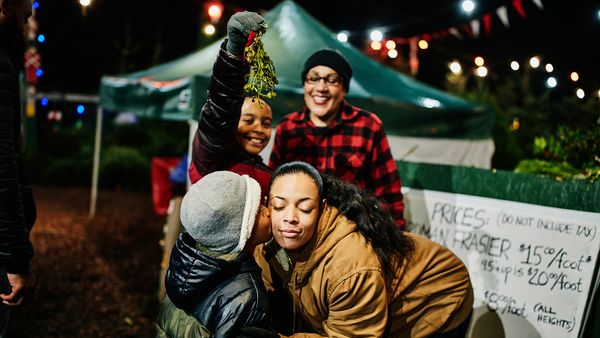
During the final month of the year — and often, much sooner — vast numbers of harvested trees begin their migration indoors, where they are festooned with ribbon, garland, ornaments and lights.
Although these trees are grown in the spirit of Christmas, they don't magically, or genetically, aspire to a perfectly peaked shape. "Once the trees reach about 3 to 4 feet (1 to 1.2 meters) in height, we begin a process called 'shearing,'" said Ben Butler, farm and finance manager of Butler's Orchard in Germantown, Maryland, in an interview with the American Farm Bureau Foundation for Agriculture. "After the trees grow in the spring and their new growth begins to harden off, our crews go through the trees one at a time and help guide the shape of the tree using a very long and sharp knife."
Advertisement
The most common types of Christmas trees are Douglas fir, Canaan fir, Fraser fir and several species of spruce or pine. However, out of the 630 species of conifers in the world, the majority don't actually grow in a strictly triangular shape, so trimming is a crucial task when growing those specimens meant to become Christmas trees. This pruning process must continue every summer until the trees reach a marketable age, which usually takes six to eight years.
Have a look at the tree shearing process in this video from Glove Hollow Christmas Tree Farm in Plymouth, New Hampshire:
Advertisement


